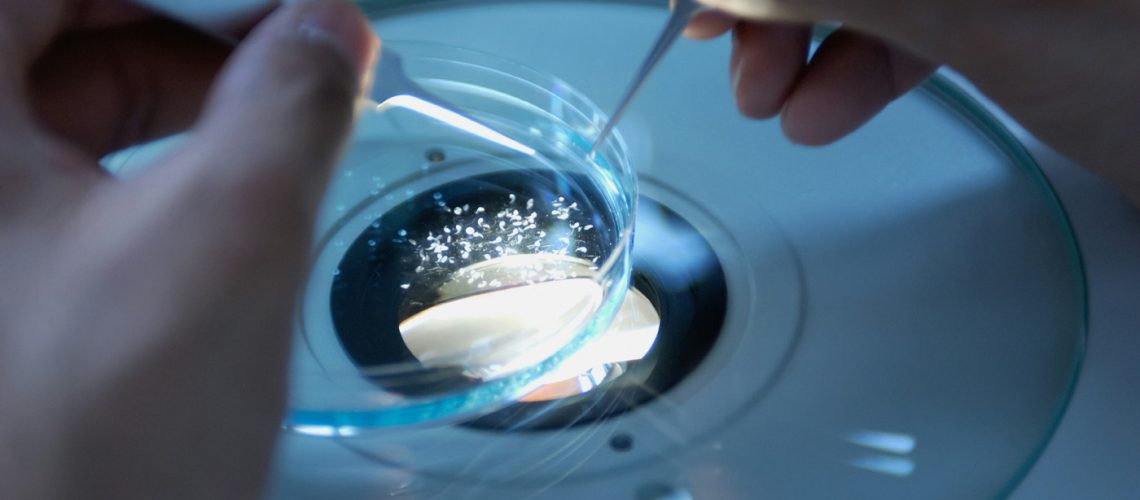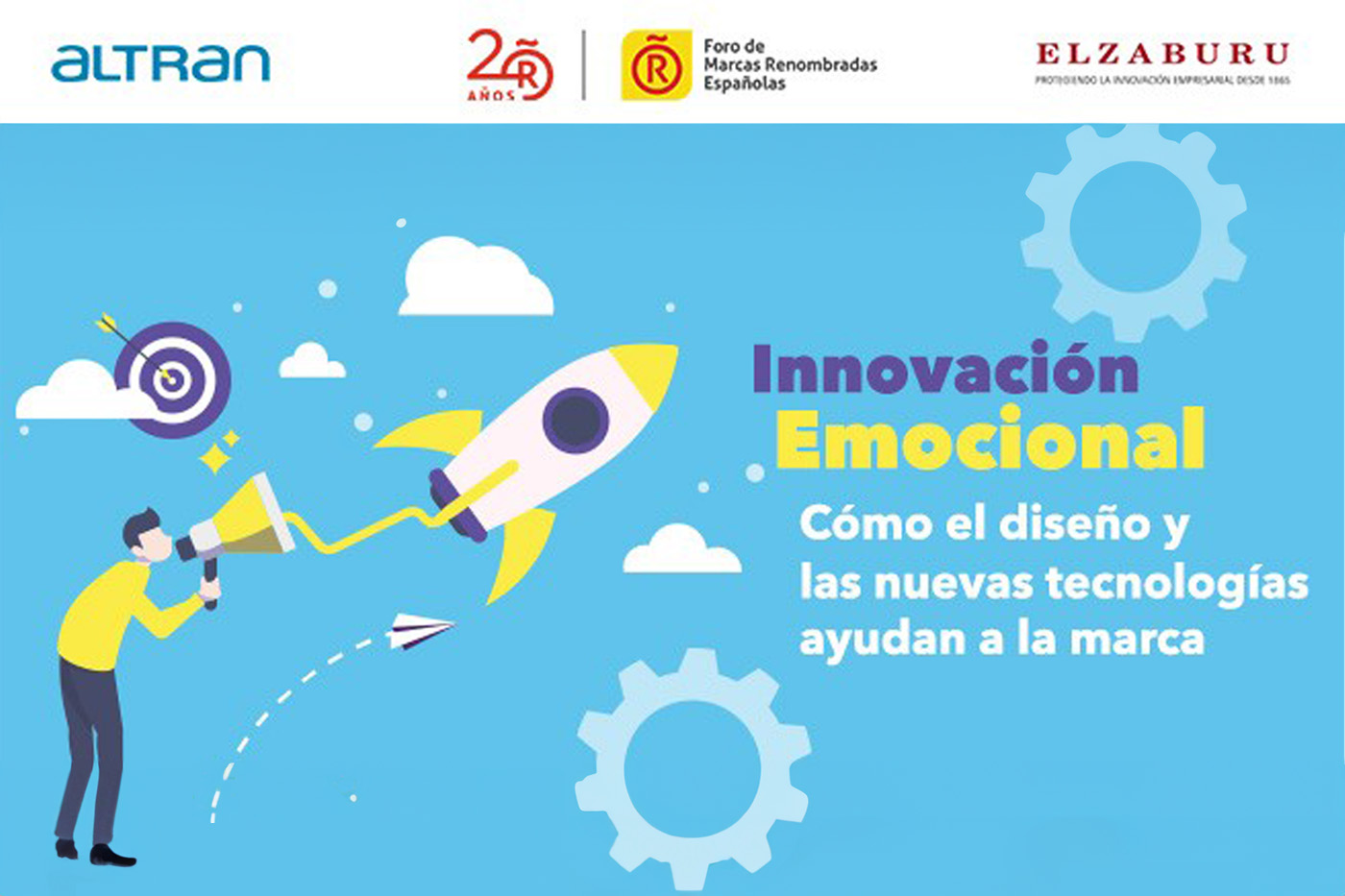When my father was diagnosed with cancer at the worst stage, stage IV, someone from the Palliative Care Unit staff asked him what he thought. “When he touches you, he touches you,” he replied. Indeed, there is some chance. But there is also a lot of science.
As you read these lines, your cells are dividing, and every time a cell divides, it has to read a molecule of more than 3.000 billion base pairs of DNA. As we age, this amazing and almost perfect reading machine called DNA replication machinery, begins to deteriorate, leading to mutations accumulating in our cells. Many times, these mutations occur in places in the gene that are not considered relevant for normal cell division and growth. Then we can breathe easy. The problem comes when these mutations or reading errors occur in a gene that is important for normal cell division and multiplication.
In that case, which for my father was a colloquial formula of resignation and stoicism, an abnormal proliferation of our cells is triggered. It is what we call cancer, a common denominator of up to 200 different diseases of our cells, most of them very different from each other. If an accumulation of these mutations occurs in inappropriate places in our DNA, then the diagnosis that no patient wants to hear already has a name.
Therefore, we cannot prevent the development of some type of cancer throughout our lives. What is in our power is to 'reduce the ballots' that chance, as my father thought, distributes to our body. Habits such as excess weight due to a sedentary lifestyle and/or a poor diet, alcohol consumption or smoking and their carcinogens (which are responsible for more than 30% of tumors and about 15 different types of cancer) increase the chances of that cellular mutations take place in places dangerous of our DNA. Consequently, we must be fully aware of the role that risk prevention can play. Around 50% of today's cancers could be avoided by changing our lifestyles.
Medical advances help us live longer, but prolonging life multiplies the chances of coming face to face with cancer. In the European Union, 31% of men and 25% of women will be diagnosed with cancer before turning 75, making it the second cause of death worldwide, only surpassed by cardiovascular diseases.
At a time when almost all of us are aware of the growing prevalence of cancer (and where work is being done worldwide to combat this group of diseases, trying to reduce the side effects of treatments, improving the quality of life of patients), the rights of Industrial property plays a fundamental role in cancer research. Accurate diagnosis, effective treatment and multifaceted approaches, the best health weapons against disease, have nothing to do with chance, but with the advancement of biomedical technology.
Patents are exclusive rights granted to inventions that are new, inventive and have industrial applicability. In exchange for these exclusive rights (which allow companies to recoup their investment and fund future research), all patent applications are published, thus revealing the technical details of the advances they contain. Therefore, industrial property rights not only protect these innovations, but also attract investors and support collaboration and technology transfer between research institutions and industry. It's a win win situation. Whoever discovers a new step forward wins and everyone else wins with it: pharmaceutical and medical sectors, public sector and general population.
On February 4, World Cancer Day is celebrated. For this reason, the European Patent Office published a new study, “Patents and innovation against cancer” (https://link.epo.org/web/publications/studies/en-patents-and-innovation-against-cancer-study.pdf) which shows how oncological inventions have increased by more than 70% between 2015 and 2021. This percentage has been calculated from the number of international patent families (applications that protect the same invention, which includes a patent application published international patent application, a patent application published in a regional patent office, or patent applications published in two or more national patent offices). In addition, the European Patent Office has launched a free access platform, Technologies combating cancer | Epo.org, where you can access the latest patent applications grouped by diagnosis, prevention and early detection, treatment, etc., thus providing a very useful tool to stay up to date and thus favor the transfer of knowledge and faster progress in this field. field.
The European Patent Office report highlights that, since the 70s, more than 140.000 anti-cancer inventions have been published. And that, between 2015 and 2021, the annual number of international patent families increased by more than 70%, which is equivalent to an annual growth rate of 9,34%. All of this growth in innovation has been accelerated by the development of biotechnology and information and communication technology (ICT), as well as increased investment, international collaboration, data sharing and regulatory incentives. Technologies such as gene therapy, non-coding nucleic acids or immunotherapy, and targeted therapies are revolutionizing cancer treatment and care. Furthermore, advances in cancer diagnosis, such as liquid biopsies, show an annual growth of 20% among international patent families. These biopsies allow circulating tumor DNA to be detected in the blood, among other things, being the most active area in biomarker patents with more than 2.000 families of international patents in 2021, thus improving early detection rates, essential for many patients, like my father, do not receive, along with the diagnosis, a almost death warrant.
The United States stands out as the undisputed leader in oncology-related innovation, with almost 50% of all international patent families filed from 2002 to 2021. The 27 Member States of the European Union rank second, with 18% of contribution. Spain is part of the top 10 of the most innovative European countries in the field of cancer, occupying ninth place with 1.539 families of international patents requested during the last two decades, behind more active countries such as Germany or the United Kingdom.
In Spain, the Higher Council for Scientific Research (CSIC) stands out, with 184 families of international patents presented. Universities and public research organizations make an impressive contribution to this cause, applying for one in three families of international patents. This highlights a trend: pharmaceutical companies are increasingly dependent on basic and preclinical research that comes from universities and public research organizations.
Cancer treatment technologies encompass a wide range of methods and tools. Among them, the classic ones, such as surgery, radiotherapy or chemotherapy, used for many years, which continue to be studied to continue increasing their effectiveness and reducing their side effects.
Having been a companion several times in the chemotherapy room, you think about the desire to live that we all have and how brave the patients are who are receiving their treatment without knowing if that cycle will continue to be effective or not; knowing that the treatment affects both cancer cells and healthy cells and that each component administered can produce different side effects such as weakness, neuropathy, anemia, diarrhea, mouth sores, cuts on the fingers, extreme dryness of the skin or some permanent ones in different organs. A set of very intense feelings and sensations for those “outside” that cancer patients learn to dramatize in those rooms.
The normal thing to do when receiving a cancer diagnosis is to start looking for information about it, reading articles, consulting survival statistics, applied techniques... unfortunately, the reality is very different. There are many types of technology still in development and in clinical trials, such as immunotherapy (highlighting cells natural killer modified as strong candidates for the development of universal therapies), targeted therapy and other biological approaches, such as direct deletion, gene therapy, non-coding nucleic acids and alternative treatments, such as radiolabeling or alternating electric fields for tumors of the brain These technologies attempt to understand the molecular and genetic mechanisms of cancer and use the immune system or specific agents to combat it. As if they help the human body fight those harmful mutations on its own. An example of this, which has been stepping on the accelerator fully, are vaccines that recognize tumor neoantigens, tumor-specific antigens, which could become a potential treatment for different types of tumors and facilitate access to a greater number of patients. Without a doubt, all promising technologies, but still in the research or approval phase or that are not available for all patients or for all types of cancer.
Just a month ago, an article was published with the results of the largest genome sequencing program in cancer. This combined analysis of genomic and clinical data from 13.000 cancer patients makes it clear that genome sequencing can help inform how to treat patients. Information and communication technologies related to cancer, which play a very important role in its diagnosis and treatment, especially through the fields of bioinformatics, can also help identify biomarkers or targets for drug development. This is the technological area with the greatest growth in the number of patents requested. Thanks to their ability to process and analyze large sets of data, these technologies such as artificial intelligence (AI) and big data allow us to have more precise and personalized approaches to cancer treatment, as well as a better understanding of its genetic basis. and molecular.
Delving a little deeper into the future of AI, it offers enormous potential with rapid and accurate identification of the types, stages, resistance to different drugs and genetic characteristics of cancer with the use of machine learning algorithms. These advances are essential to improve results, allow personalized treatment plans and monitor disease progression and innovators know this, having experienced impressive growth in the number of patent applications in this sector of oncology since 2015 (especially in United States and China).
Therefore, we can trust that tumor analysis tools and diagnostic methods continue to advance and that, thanks to them, we can anticipate cancer, detecting it earlier, reducing cases like that of my father and mother to a minimum. finally being able to chronicle or treat this entire group of diseases that we call cancer.
All of these goals will be within the reach of research, but this requires many resources and the collaboration of all those involved in this advance. The more resources available for research, the shorter the time it will take to achieve these goals. Cancer affects us all and, therefore, it is our responsibility to make these advances a reality as soon as possible.
My father, as a good innovator, nuclear physicist and OECD diplomat, was always very enthusiastic about all the patents, studies and articles that I told him about and was proud that his daughter, in part, could be involved. He knew that he would not be able to experience these innovations in his own treatment, but he firmly believed that, in the not too distant future, advances in oncology were going to be decisive. An advance so significant as to consider that cancer is touched and even sunk.
This article serves as a tribute and absolute gratitude to all those diagnosed with cancer (no one really knows how strong you are and each one wins in their own way!), family members (having been one of them until not long ago), researchers, health personnel, volunteers, investors and all of you who make it possible that, every day, we can confront cancer more and more.
Marina Reig, Associate at ELZABURU
Published on the AseBio Blog: Cancer: touched and, soon, sunk! | AseBio
For more information:
Margarita García Díaz-Varela MGD@elzaburu.es Tel.: 673 13 01 04 | 690 36 89 98
Javier Herreros jherreros@goodwill.es Tel.: 626 20 73 22




